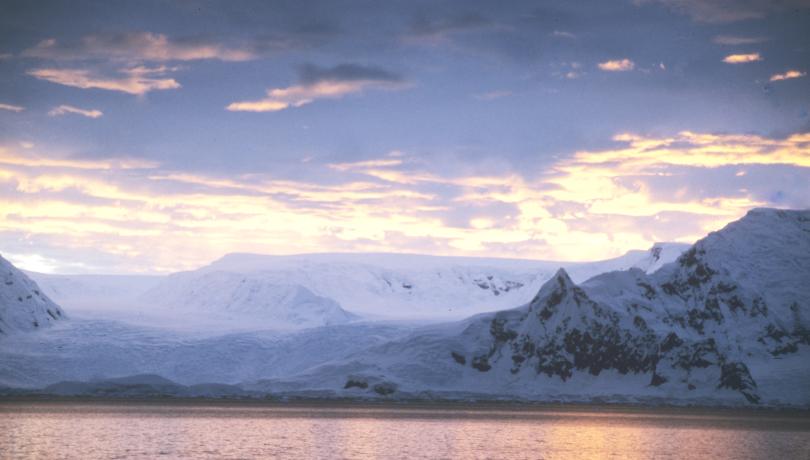Satellite data processing algorithms developed by ICM-CSIC have played a crucial role in detecting this significant shift in the Southern Hemisphere, which could accelerate the effects of climate change.

Thanks to data obtained from Earth observation satellites, an international team of scientists has detected an unprecedented phenomenon for the first time: a change in the state of the Southern Ocean. The study, led by the University of Southampton (United Kingdom), was recently published in the journal PNAS. The Institut de Ciències del Mar (ICM-CSIC) played a fundamental role in the research by developing a set of pioneering satellite observations within the framework of the SO-FRESH project, funded by the European Space Agency (ESA).
The study’s main finding is both surprising and alarming: since 2016, a sustained increase in surface salinity has been detected across the Antartic Circumpolar Current. That change in water composition suggests a change in the balance of the components the ocean circulation in the Southern Hemisphere. Fresher surface water close to the sea ice edge is being replaced by more saline waters.
“We are witnessing a true change in ocean properties in the Southern Hemisphere—something we’ve never seen before. Climate models predict freshening of surface wàters in the Southern Ocean, while we observe the opposite, an increase in salinity” explains Antonio Turiel, ICM-CSIC researcher and co-author of the study. “While the world is debating the potential collapse of the AMOC in the North Atlantic, we’re seeing that the Southern Ocean is drastically changing, as sea ice coverage declines and the upper ocean is becoming saltier. This could have unprecedented global climate impacts.”
According to the research team, the consequences of this reversal (freshening to salinification) are already becoming visible. Saltier Surface waters can drive enhanced Exchange with deep, warmer waters, driving enhanced upward heat flux and the accelerated melting of sea ice in the Southern Ocean, potentially releasing CO2.
This discovery was made possible thanks to a key technical breakthrough developed by the Barcelona Expert Center (BEC), a laboratory of ICM-CSIC specialized in satellite ocean observation. Until now, the Southern Ocean region was virtually inaccessible to satellites due to its low temperatures and the complex, ever-changing dynamics of sea ice. As a result, the BEC team developed a new data processor for the European SMOS satellite, tailored to the geographical and climatic variability of the polar environment.
“The new processor has allowed us to obtain surface salinity data of unprecedented quality in this region,” explains Verónica González. “Thanks to this improvement, we can now provide a coherent explanation for the rapid Antarctic sea ice loss that had puzzled the scientific community.”
The study not only provides a key piece in the climate change puzzle, but also redefines the role of the Southern Ocean in the global climate system. The Southern Ocean plays an essential role in regulating the planet’s heat and carbon. Its disruption could trigger cascading effects on other circulation systems such as the AMOC, with potential consequences for the climate in Europe and other regions.
Aware of the urgent need to better understand these processes, BEC has launched two new ESA-funded projects in 2025: ARCTIC-FLOW, focused on the study of freshwater and density fluxes in the Arctic Ocean, and the climate change initiative CCI OSHF (Ocean Surface Heat Flux), dedicated to analyzing heat flux at the ocean surface. Both projects aim to develop new satellite methodologies that will be key to monitoring, understanding, and anticipating the effects of accelerated climate change.
“The planet is sending us increasingly clear signals that we are crossing critical thresholds,” concludes Estrella Olmedo. “And in this case, it has done so from a remote corner of the world that is very difficult to monitor: the Southern Ocean. Thanks to satellites and cutting-edge observation tools, we can now see what was once invisible.”